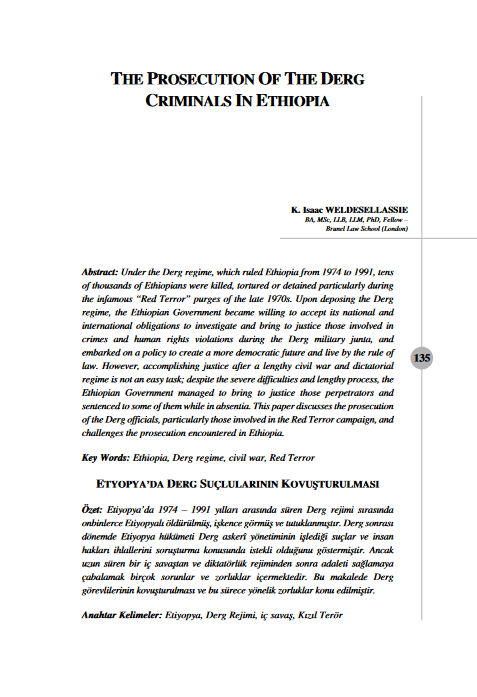News.Az (11 October 2017)
French journalist-blogger Jonathan-Simon Sellem published an article dedicated to the Armenian-Azerbaijani, Nagorno-Karabakh conflict on October 9.
To write this article, the journalist visited both Azerbaijan and Nagorno-Karabakh, and decided to study the history of this problem, as well as the ways out of it. What is so special about the article ? The author touches upon the conflict either completely unknown to the French reader, or distored by pro-Armenian forces. Below is the shortened version of the article.
Armenian and Azerbaijani communities have lived in Karabakh for centuries. However, the determination of the Karabakh Armenians to secede from Azerbaijan with the support of Armenia led the region to the deadly chaos. Large-scale Armenian-Azerbaijani fighting began in late 1991, which continues to this day.
The events of February 1988 were dramatic, sudden and almost universally unpredictable in Europe. Since Europeans have almost forgotten the power of nationalism as a political force. This was the first serious quarrel between two neighboring nations, on national soil, in the late communist era. The Karabakh conflict can be called "the most unexpected" and "the most predetermined".
Just as during the events in Yugoslavia, or within the Soviet Union, the eruption of these conflicts was almost inevitable, since the reasons for their emergence lay deep within the very structure of the two belligerents. These are four key points: contradictory national self-expressions; the border violated by Armenia; unstable, weak security system; and, finally, the lack of dialogue between the conflicting sides, created all the prerequisites for the formation of cracks, which have been alienating Armenia and Azerbaijan for decades. Since the problem was unknown and so deep, no mechanism for correcting the situation has been found yet.
Karabakh is located on the territory of Azerbaijan, where Armenians lived predominantly in mountainous areas, and Azerbaijanis in the lowlands and in cities.
In cultural terms Karabakh for Armenians is a place where dozens of churches are scattered. For Azerbaijanis, Karabakh is a cultural center where such poets and composers as Vagif, Khurshud Banu Natavan, Uzeyir Hajibeyov brought up. This alone shows the connection of this territory with Azerbaijan. A rich region of Karabakh is destined to become a battleground just as Alsace, Flanders or Kashmir.
The author further describes the events of 1988. Tens of thousands of Azerbaijanis were expelled from Armenia. They complained of Armenian brutality, violence and rudeness. Then, for the first time in the history of the Soviet Union, Nagorno-Karabakh voted to secede from Azerbaijan, after which the most numerous rallies for the Soviet era began in Yerevan.
The collapse of the USSR in 1991 changed the Karabakh war from civil to interethnic. The international community recognized Karabakh as the territory of Azerbaijan. However, Russia's sale of Soviet weapons to both sides of the conflict contributed to the aggravation of the situation.
In the Middle Ages, Karabakh was part of a state governed by Turkish Muslim dynasties. The Turkic-speaking peoples lived in Karabakh in the present-day territory of Azerbaijan. The 18th century was marked by the creation of the Karabakh khanate, governed by the Turkish (Azerbaijani) Javanshir dynasty. It was the Azerbaijani Khanate, governed by the dynastic tradition of the Azerbaijani nobility, and the Azerbaijanis dominated other dynasties and ethnic groups that lived there.
In 1805, the Karabakh khanate and the Russian Empire signed the Kurekchay Treaty, according to which the Karabakh khanate was subordinated to Russia. After Russia seized the whole of the Caucasus region, the Russian Empire began to pursue the "divide and rule" policy, using all means to establish and strengthen its control over the seized territory. The resettlement of Armenians from Iran and the Ottoman Empire to Karabakh, which would artificially distort the demography of the region, was part of these measures. The ethnic composition of this region completely changed after the wars (1806-1813, 1826-1828) between Russia and Iran, and also after the war between Russia and the Ottoman Empire (1828-1829). During the period 1828-1830 alone, more than 40,000 and 84,600 Armenians from the Ottoman Empire were resettled from Iran to Azerbaijan.
By tsar's instruction of 1828, an Armenian province was established on the territory of the occupied Azerbaijani khanates (Irevan and Nakhichevan). This was done with the aim of creating a new state between the two belligerents to sow discord among the Turkic-speaking countries.
After the signing of the Gulistan (1813) and Turkmenschay (1828) treaties on the division of Azerbaijani territories between Iran and Russia, a project was launched for the emergence of an "Armenian state" in order to create a buffer zone on the former Azerbaijani lands.
While reflecting on the contours of the future empire 300 years ago, the Russian Emperor Peter I said sending his emissaries to the south: "We should strive to unite them (Armenians) and bring them to our countries to become Russia's stronghold." With this purpose in the first half of the 19th century 300 thousand Armenians moved from Iran to Azerbaijan, settling in Irevan (now Yerevan), Nakhichevan, Zangezur, Daralayaz, Ordubad, Vedibasar and other regions.
However, despite the resettlement of Armenians in the Azerbaijani lands, Azerbaijanis always outnumbered Armenians. For example, in 1886, out of 326 villages in the Zangazur region, only 81 were Armenian. Azerbaijanis constituted 66% of the population of the Irevan region. Since Armenians constitute a numerical majority in these regions, the policy of massacres was carried out against the Azerbaijanis, and the Tsarist Russia secretly armed Armenians.
The forcible resettlement of Azerbaijanis to the present-day territories of Armenia and Karabakh was accompanied by mass violence and atrocities against civilians, carried out by the Russian government in the beginning of the 20th century, in particular, in 1905-1907. Hundreds of Azerbaijani villages were burned down, and the population was brutally murdered.
The events of those years find a response today. The conflict is still going on. Four UN resolutions did not help to restore justice in the Azerbaijani region. Only Azerbaijan's military battling through to its occupied territories in April 2016 allowed Baku to win back several square kilometers of land.
In the conquered village of Jojug Merjanly, Azerbaijan carries out complex construction works. Within a few months, hundreds of houses were built for refugees who lived on the other side of the line of contact. After Baku announced that 50 houses had already been built, more than 400 refugees scattered throughout Azerbaijan in just 24 hours asked for permission to live there.
No one knows what the future will be, but well-trained troops, provided with advanced military equipment, are ready to defend and restore every inch of the stolen homeland. In the event of a new escalation of the conflict, the chances of the international community to restore calm after 4 days are negligible. Therefore, it is extremely important for the decision-making forces in Europe to come to the scene of the conflict and study the history of the region and offer a fair plan for a peaceful resolution of the conflict. Otherwise, Russia will continue to do what it does: arm the parties to the conflict, divide and rule.
No comments yet.
- PACE TO DISCUSS TWO REPORTS ON AZERBAIJAN The Caucasus and Turkish-Armenian Relations 11.10.2017
- MIXED FEELINGS OVER 'DELAYED INDEPENDENCE' IN BARCELONA Europe - EU 11.10.2017
- US CONGRESSMAN VISITS BELGRADE, RECEIVED BY TOP OFFICIALS The Balkans 11.10.2017
- AS RUSSIAN MILITARY EXERCISES IN ARMENIA, IS SYRIA ON ITS MIND? Asia - Pacific 11.10.2017
- MACRON'S PUBLIC SECTOR REFORMS SPARK NATIONWIDE STRIKES Europe - EU 11.10.2017
-
25.01.2016
THE ARMENIAN QUESTION - BASIC KNOWLEDGE AND DOCUMENTATION -
12.06.2024
THE TRUTH WILL OUT -
27.03.2023
RADİKAL ERMENİ UNSURLARCA GERÇEKLEŞTİRİLEN MEZALİMLER VE VANDALİZM -
17.03.2023
PATRIOTISM PERVERTED -
23.02.2023
MEN ARE LIKE THAT -
03.02.2023
BAKÜ-TİFLİS-CEYHAN BORU HATTININ YAŞANAN TARİHİ -
16.12.2022
INTERNATIONAL SCHOLARS ON THE EVENTS OF 1915 -
07.12.2022
FAKE PHOTOS AND THE ARMENIAN PROPAGANDA -
07.12.2022
ERMENİ PROPAGANDASI VE SAHTE RESİMLER -
01.01.2022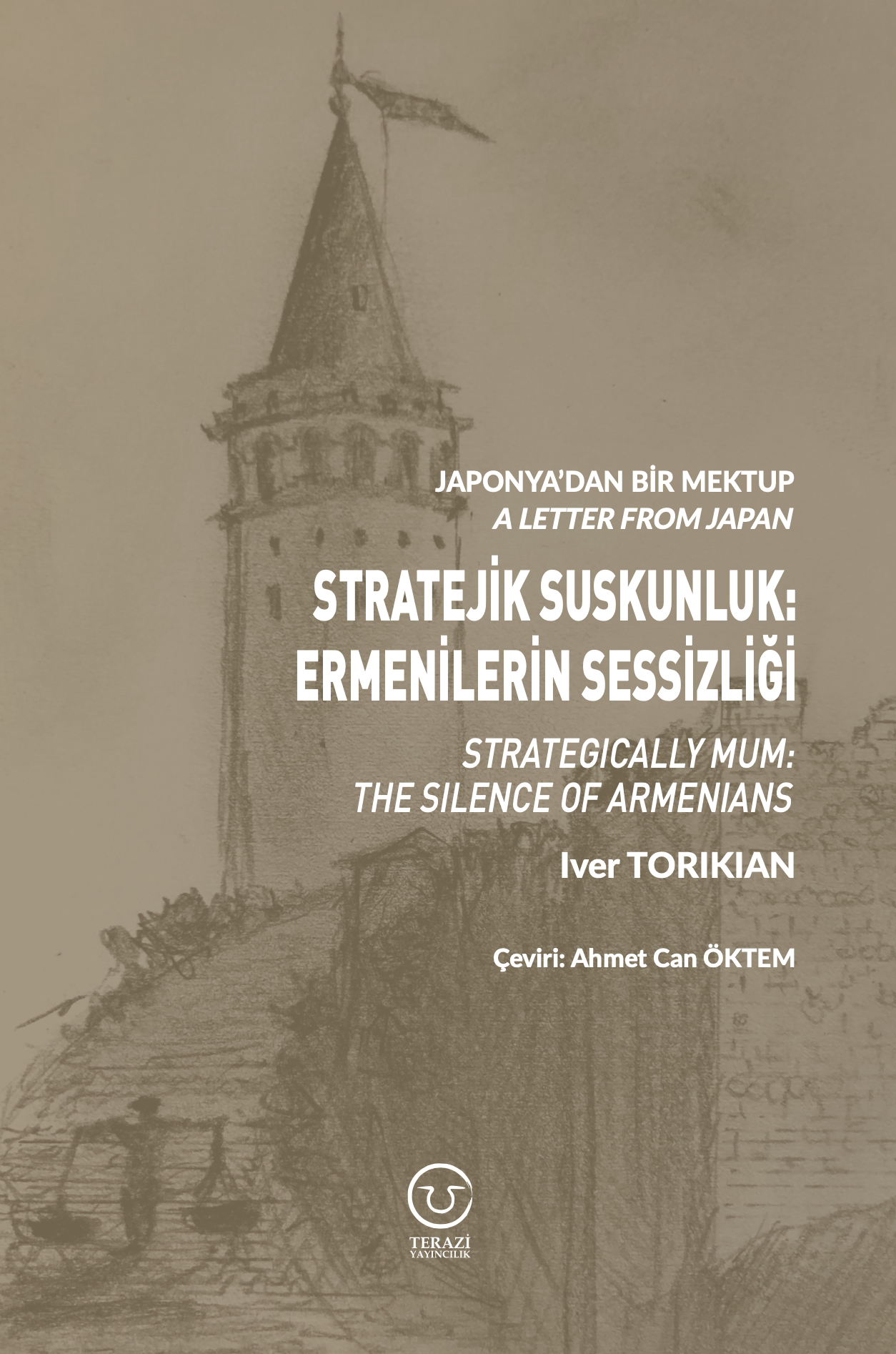
A Letter From Japan - Strategically Mum: The Silence of the Armenians -
01.01.2022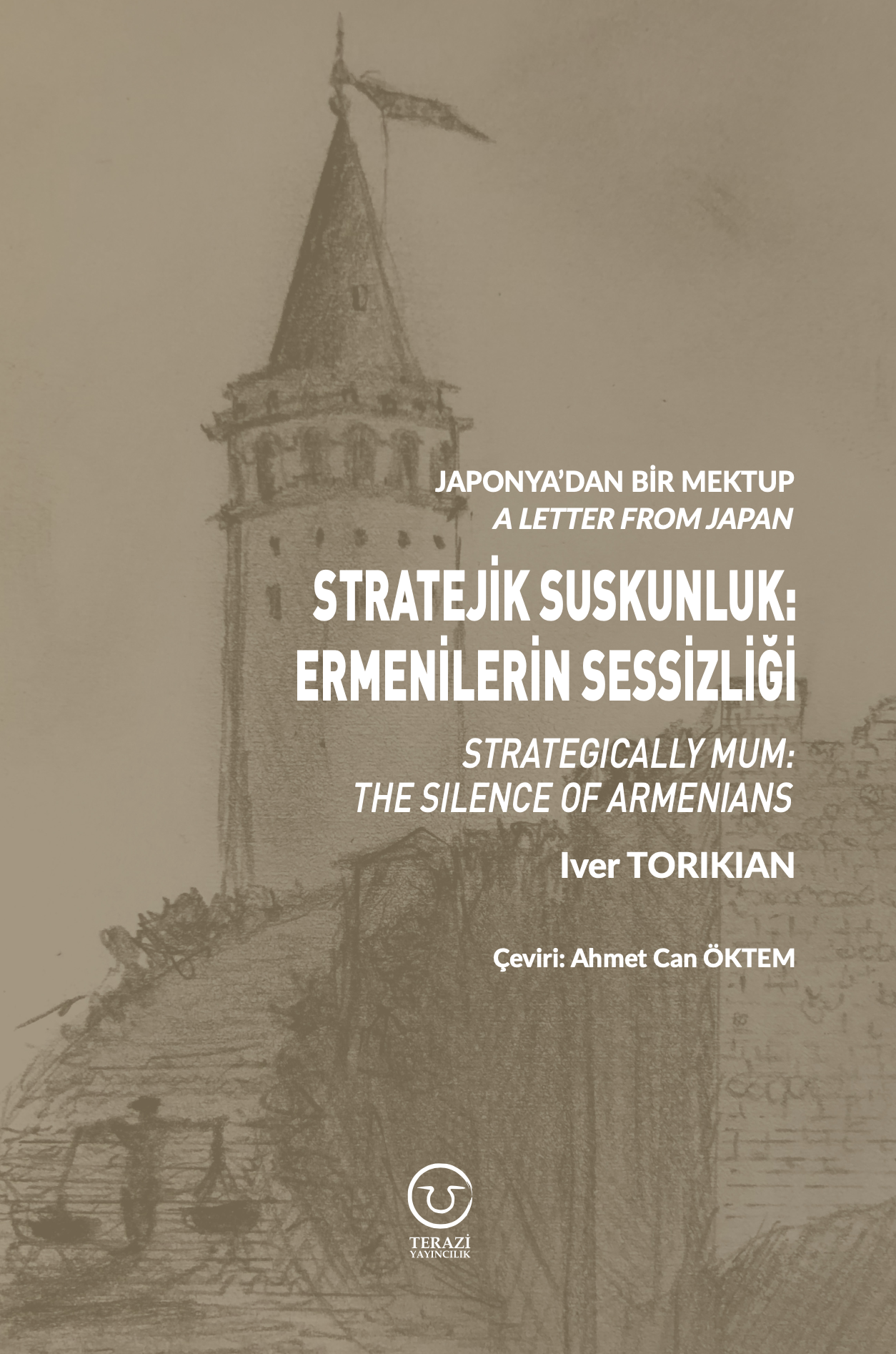
Japonya'dan Bir Mektup - Stratejik Suskunluk: Ermenilerin Sessizliği -
03.06.2020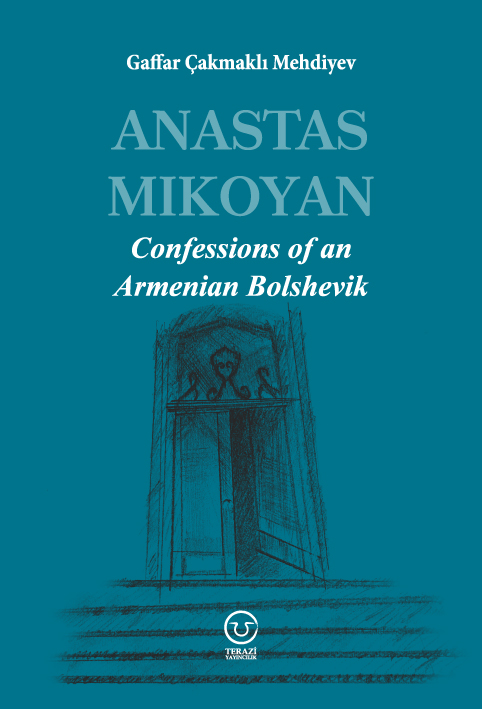
Anastas Mikoyan: Confessions of an Armenian Bolshevik -
08.04.2020
Sovyet Sonrası Ukrayna’da Devlet, Toplum ve Siyaset - Değişen Dinamikler, Dönüşen Kimlikler -
12.06.2018
Ermeni Sorunuyla İlgili İngiliz Belgeleri (1912-1923) - British Documents on Armenian Question (1912-1923) -
02.12.2016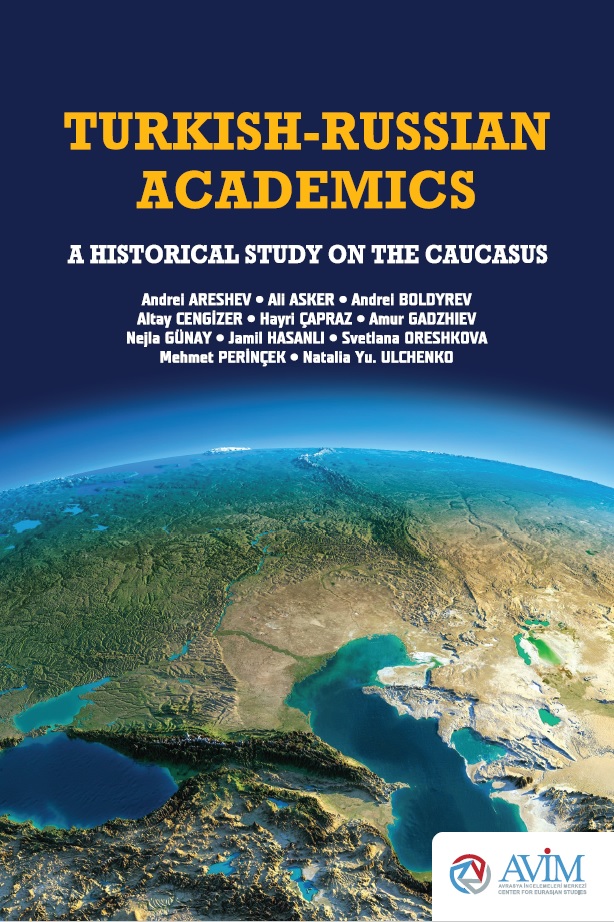
Turkish-Russian Academics: A Historical Study on the Caucasus -
01.07.2016
Gürcistan'daki Müslüman Topluluklar: Azınlık Hakları, Kimlik, Siyaset -
10.03.2016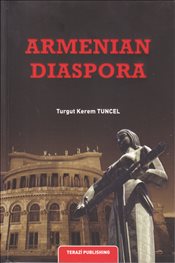
Armenian Diaspora: Diaspora, State and the Imagination of the Republic of Armenia -
24.01.2016
ERMENİ SORUNU - TEMEL BİLGİ VE BELGELER (2. BASKI)
-
AVİM Conference Hall 24.01.2023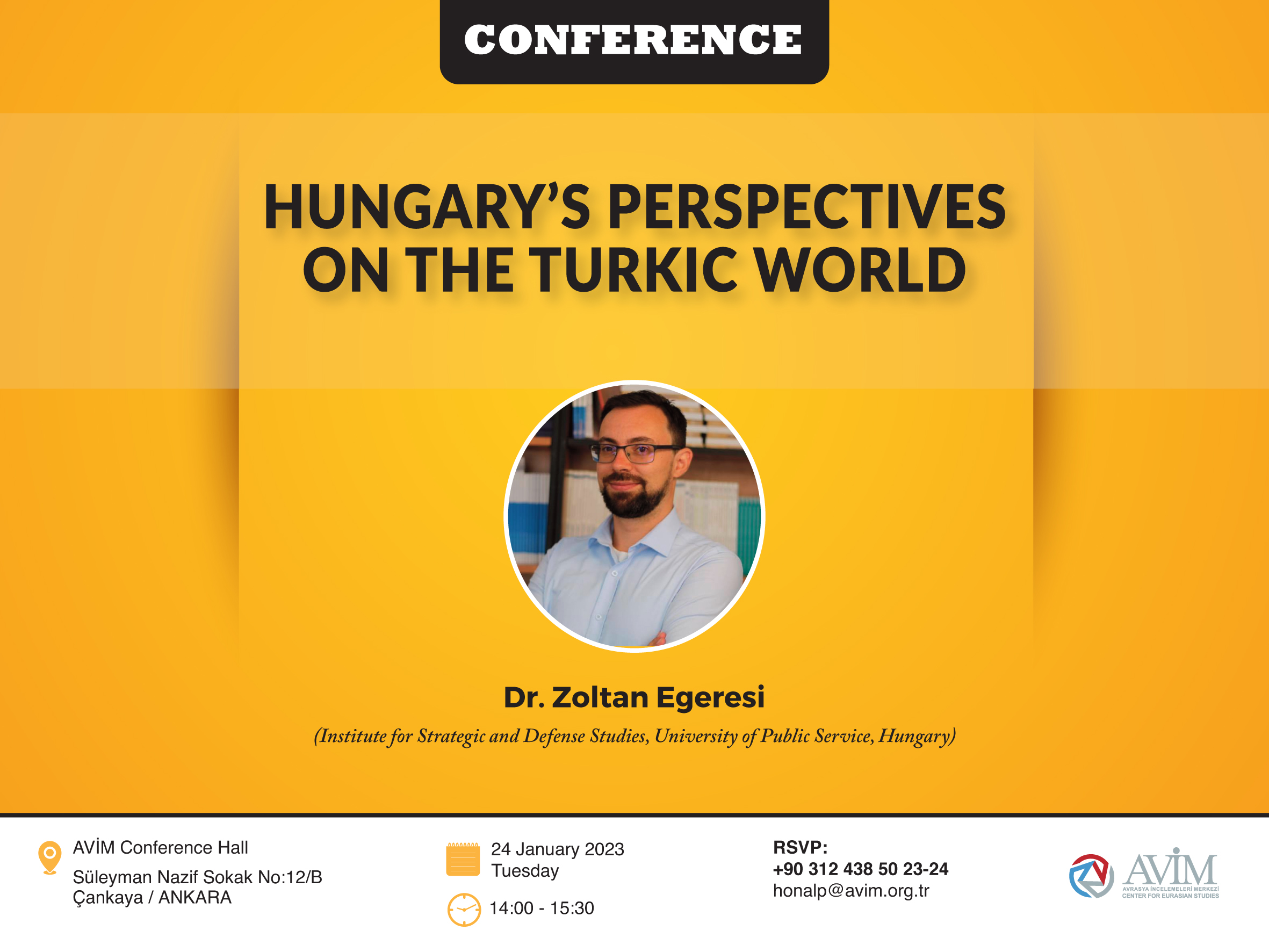
CONFERENCE TITLED “HUNGARY’S PERSPECTIVES ON THE TURKIC WORLD"








